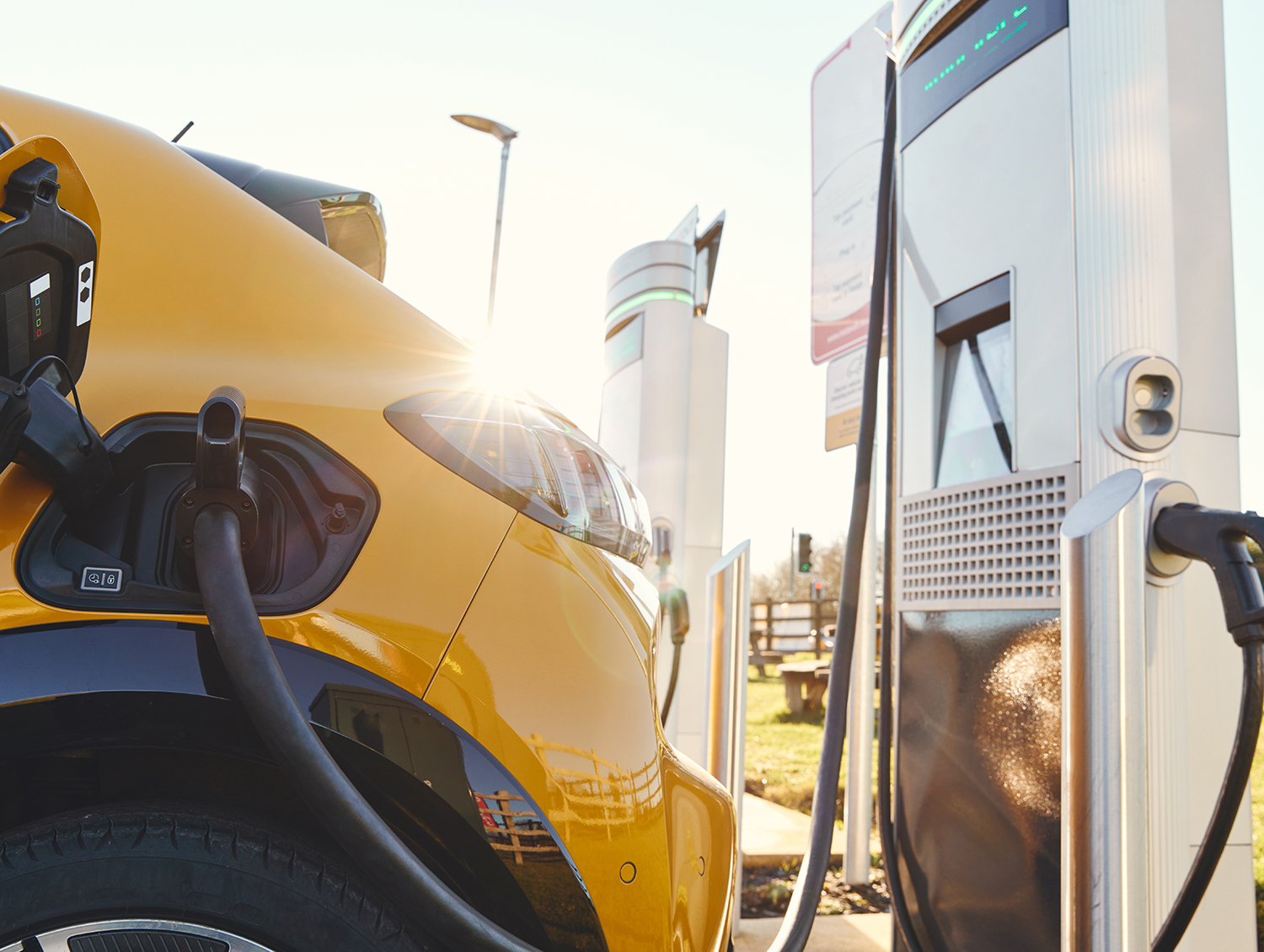 The shift towards electric vehicles (EVs) is a globally acknowledged necessity in the wake of alarming climate change indicators. Yet, in Virginia, a program meant to catalyze this change is showing us how not to implement EV infrastructure expansion. Dominion Energy’s Charging Tariffs, a well-intentioned stride towards electrification, is fundamentally flawed, marred by the high costs of EVs, misdirected incentives, and a misguided approach to fostering low-income community participation.
The shift towards electric vehicles (EVs) is a globally acknowledged necessity in the wake of alarming climate change indicators. Yet, in Virginia, a program meant to catalyze this change is showing us how not to implement EV infrastructure expansion. Dominion Energy’s Charging Tariffs, a well-intentioned stride towards electrification, is fundamentally flawed, marred by the high costs of EVs, misdirected incentives, and a misguided approach to fostering low-income community participation.
The stark absence of participants in Dominion Energy’s initiative within a year of its inception is a telling sign of its misalignment with consumer needs and market realities. The program, which aims to subsidize charging infrastructure, seems to have bypassed a crucial aspect: the prohibitive cost of electric vehicles. While supporting infrastructure development is necessary, the initiative falls short by not addressing the root barrier for many average consumers – the upfront cost of EVs. This oversight is particularly glaring for low-income communities, for whom the cost of electric vehicles remains a more significant deterrent than the availability of charging stations.
Moreover, the program’s mechanism, which covers infrastructure installation costs and offers charging credits to low-income individuals, is symptomatic of a ‘supply-first’ approach. The strategy misses the mark by focusing heavily on infrastructure – with allowances for covering up to 100% of installation costs in certain cases – without fostering an organic demand for EVs. This discrepancy between infrastructure and actual vehicle ownership is further complicated by the complexity of installation and the lack of upfront transparency regarding the final costs, which can be significantly influenced by site-specific factors.
Additionally, the emphasis on providing charging infrastructure installation funding in more affluent or urban areas, while rural areas receive little attention, threatens to create a new divide. Delegate Rip Sullivan’s failed attempts to secure funding for rural areas underscore systematic neglect that will only deepen regional disparities in access to clean transportation technologies.
While environmental advocates rightfully push for more EVs due to their long-term health and cost benefits, the strategy in use fails to meet these needs holistically. It’s not enough to have charging stations if a considerable segment of the population can’t afford electric cars or if the total cost of ownership isn’t clearly beneficial compared to traditional vehicles.
The strategy’s flaw also lies in its passive approach to consumer engagement. Dominion Energy’s idea to lean on educational materials for prospective participants is a step in the right direction. Still, it must be part of a more aggressive, multi-faceted campaign to build consumer trust and interest. This campaign should demystify the utility of EVs and provide a transparent breakdown of the costs involved, helping consumers make informed decisions.
As we navigate the complexities of transitioning to clean energy and transportation, we must learn from the shortcomings of initiatives like Dominion’s. A successful strategy should balance infrastructure development with measures that make electric vehicles accessible and attractive to all, regardless of income. This involves direct incentives for EV purchases, extensive educational programs, and a genuine commitment to equity in infrastructure development.
We must advocate for a reimagined approach that prioritizes lowering the high costs of electric vehicles, simplifying participation in incentive programs, and ensuring that the benefits of clean transportation are within reach for everyone, not just a privileged few. Otherwise, we risk entrenching disparities and slowing the urgent progress needed to mitigate environmental degradation in Virginia and beyond.



